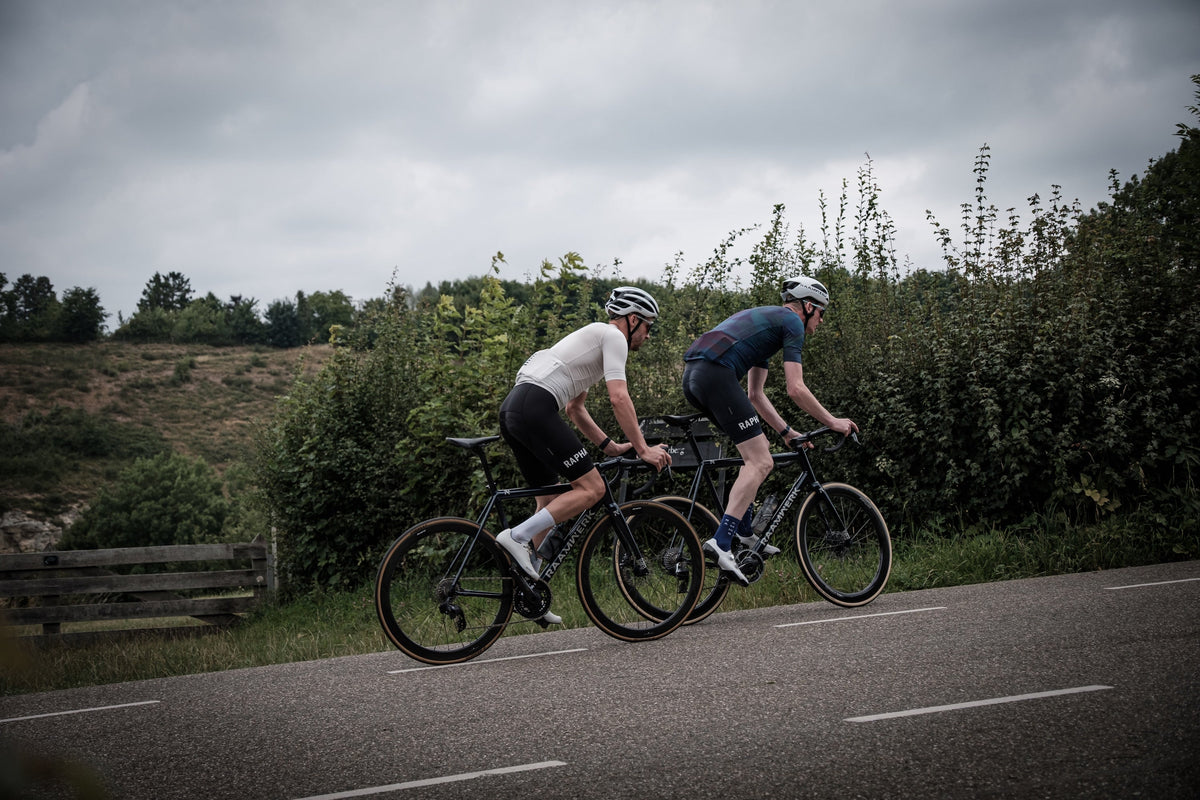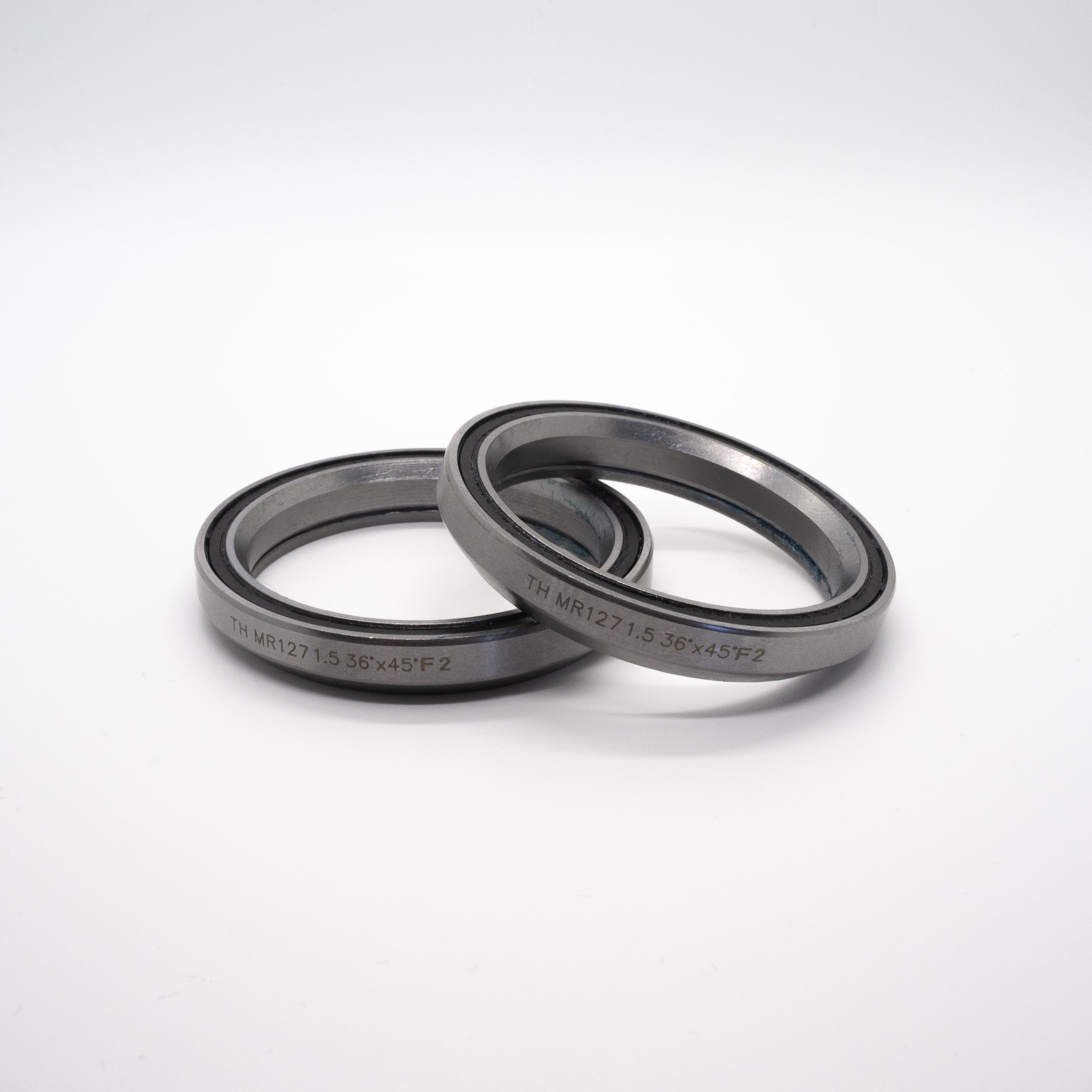The bicycle industry is king in thinking of new standards, that is where we don't fit in. Every brand seems to have their own standard for bottom bracket mounting and the amount of variance in headset bearing sizes is absurd. Not to speak of through axles, where even the thread pitch is not agreed upon.
We try to make it simple for you.
-
We chose industry standards that are common. This results in a good availability and won’t have you miss out on parts in a few years, if there would be no new bikes with your standard on it.
-
We chose industry standards that are technically superior. They don’t just work well when the frame is new, they keep working and are easily replaceable or upgradable.
Bottom Bracket
The T47 BB standard was first developed and introduced by Chris King. It is an open standard, which is widely used. Only the original BSA is a more often used threaded BB.
The large diameter (47mm) makes it possible to use large diameter ballbearings. These generally have larger balls, which last longer and run smoother under pressure than smaller diameter bearings.
The BB is 86,5mm wide (version’s of 85,5mm and 86mm use the same system). This can except all common cranksets and gives the frame the highest possible lateral stiffness, making it the most efficient way to transfer your power from the pedals to the tarmac.

Headset
The IS 52 standard for headsets is the most common and versatile Integrated Standard. IS stands for ‘Integrated System’, which is not a registered trademark either.
The IS Standard uses a 45 degree bearing contact in the frame and a 36 degree angle on the fork. The bearing’s are generally marked 36x45. There are other versions, which don’t have technical benefits, and are less common.
We chose to use the 52mm bearing in the bottom for a large supportive surface. With smaller diameter bearings, the bottom bearing can wear out relatively quick. On the topside we chose for the same dimension. Partly because it reduces the amount of different parts you need, and partly because this gives you the option to mount headsets that incorporate cables.
This gives you the option to route your cables inside your headset bearing, having the cables enter at the handlebar or stem. We tend to use the FSA SRS standard for this, but you can use any headset version, as long as it is made for IS52.
Seattube and Seatpost Diameter
The integrated seatpost (or ISP) we use on our frame needs a mast topper or ISP Head. Dimension that is used most often is 34,9mm, so that is what we chose to use.
If you cut off the ISP, you can insert a ‘traditional’ seatpost. Our frames can take a 27,2mm version.
Front derailleur is mounted on a 31,8mm diameter

Through Axles
Come in many different dimensions. If you need them on you frame, you’ll get a set with your frameset. If you ever need an extra though, you need to figure out what standard you have. so here you go;
-
Thread diameter; M12
-
Thread Pitch; 1,5mm
-
Thread length; 12mm
-
Front Axle length; 119mm
-
Rear Axle length; 162mm
-
Head shape; flat


